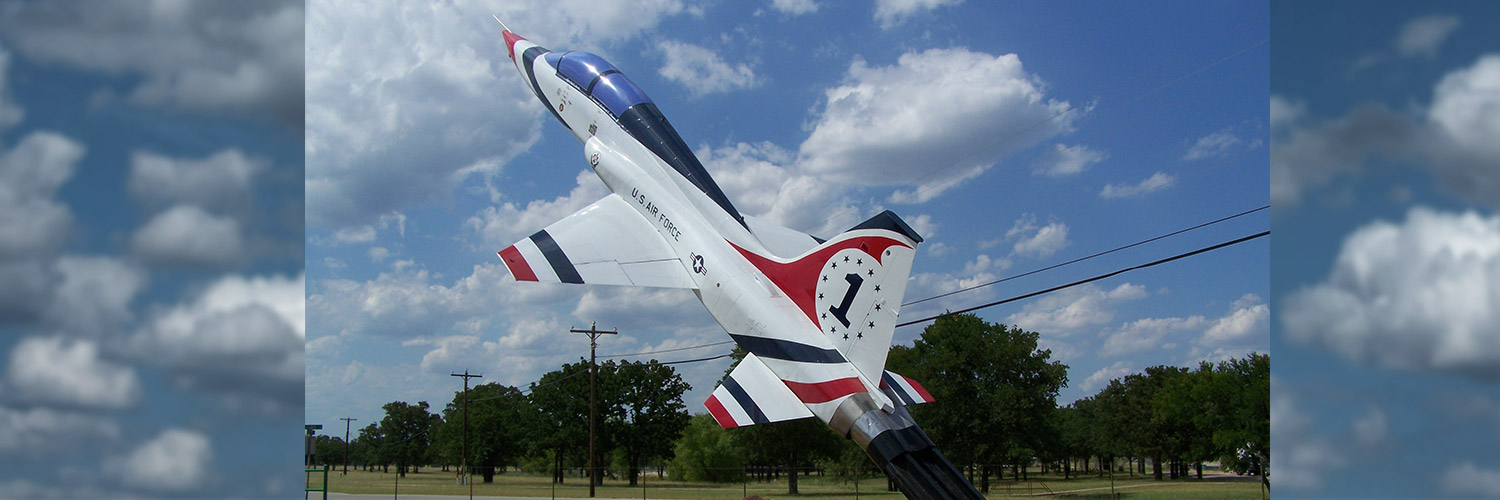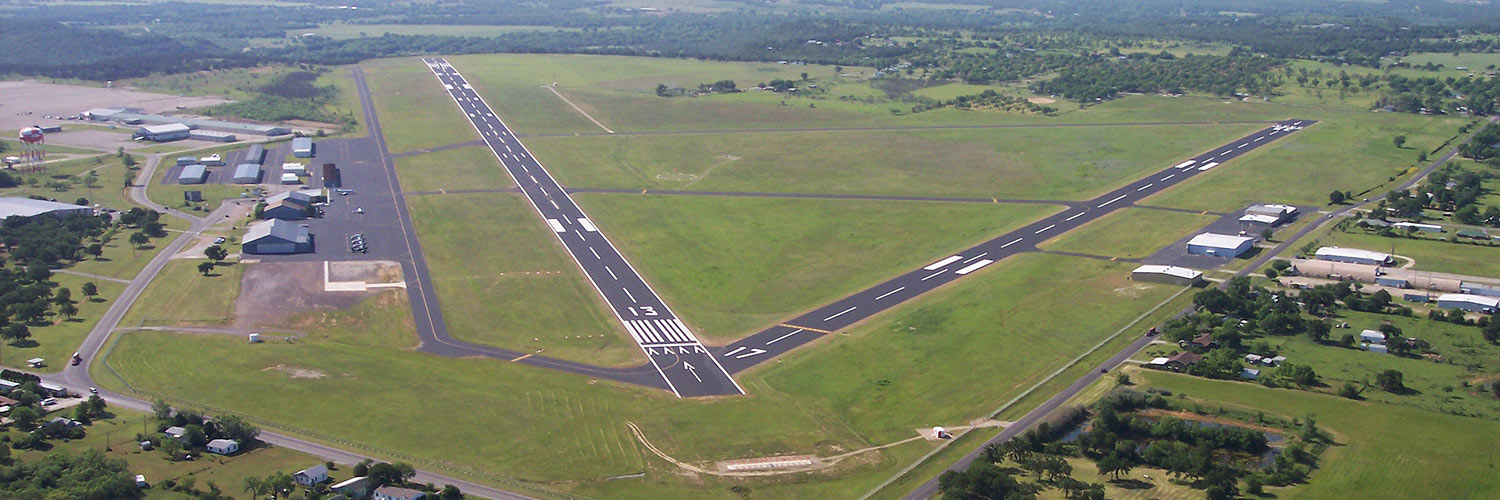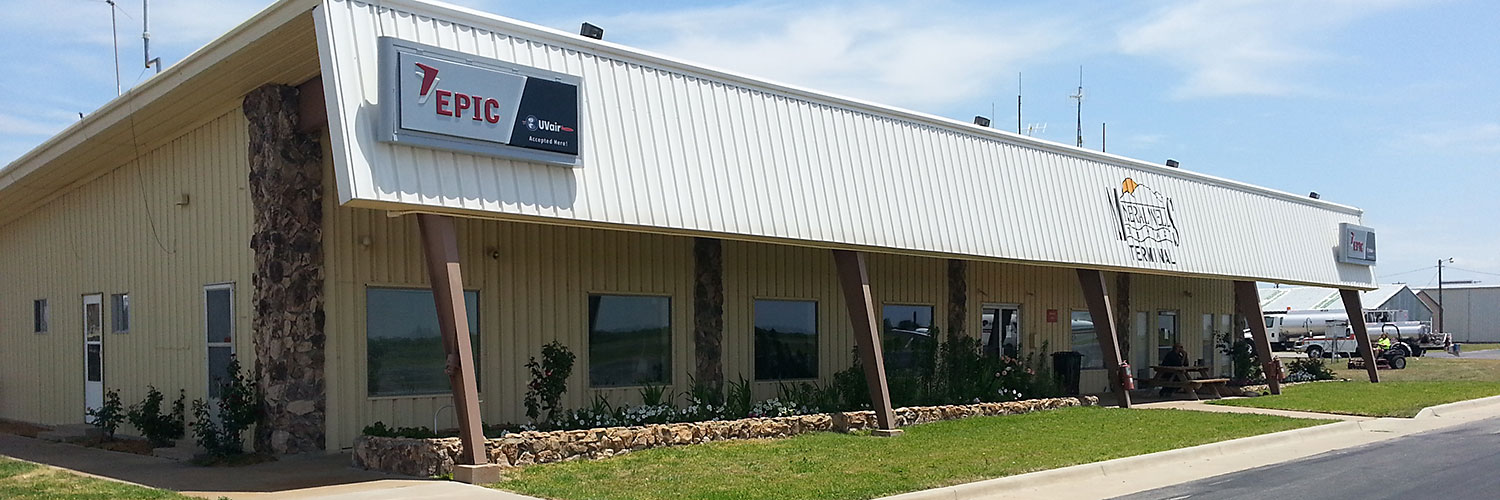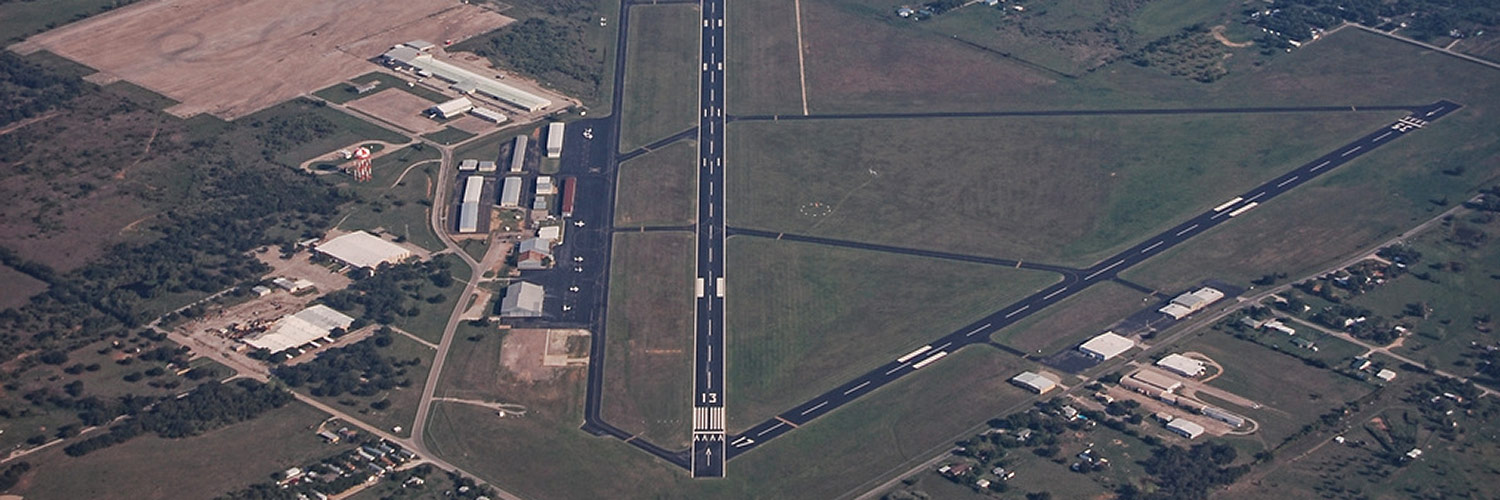Terminal Building
The airport terminal building contains a large waiting room with comfortable seating, a pilot's lounge is available with a PC for flight planning, free coffee and bottled water, as well as a TV and free WiFi. There are two confererence rooms that can be configured to meet the users needs, such as for classes, meetings or as a temporary workspace. The National Vietnam War Museum has created a small gift shop in the terminal offering a few of the many items available at their main location.
Stop by and see the newly remodeled and decorated Terminal at KMWL!

Airport Mural Courtesy Autry Friend 2023
 |
 |
 |
 |
 |
 |
 |
 |
Airport Staff
The Mineral Wells Regional Airport is supported by a dedicated team of professionals who are at your service.
Haley Cuevas, Airport Manager
(940) 328-7809
Stephanie Thomas, Senior Airport Service Specialist
(940) 328-7810
Fuel Line Service Technicians
Office (940) 328-7808
Jacob Garcia (Senior Fuel Line Service Technician)
Corey Ashley
Shawn Gatewood
Brenda Johnson
Ashleigh Lamport
Ricardo Martinez
Hangar Rentals
The airport has a total of 75 hangars on the property. The hangars fall into diffenent categories of lease;
- Five 10-unit T-hangars that are totally enclosed.
- One 10-unit T-hangar that is partially enclosed.
- 15 box hangars.
Pricing for the T-Hangars can be found here.
Typical hangars are pictured below. Please contact the airport manager for information about availability and lease rates. If no hangars are available when you call, the manager will be glad to add your contact information to our waiting list and give you an estimate of availability. Feel free to download and fill out the Mineral Wells Airport Waiting List Policy and Application, please email it to .
https://www.mineralwellsairport.com/2-uncategorised.html?start=12#sigProIda169354ff8
About Us
Located in the southeastern part of Mineral Wells, Texas, the airport was built by the U. S. Army and opened in 1943 to support the nearby infantry training facility, Camp Wolters. Camp Wolters grew to become an important infantry replacement training center, housing more than 24,000 soldiers at its peak. The camp was closed after the war ended.
In early 1951, the U. S. Air Force reopened the camp and renamed it Wolters Air Force Base. The base was used to train special army and air force personnel and the airport provided support.
In September of 1956, the U. S. Army regained control of the base and gave it a new name, the Primary Helicopter Center. It was primarily used to train helicopter pilots.
In June 1963, the base was again renamed, this time to be called Fort Wolters. At that time, all army helicopter pilots' basic and primary flight training was provided there. The Vietnam War expanded its role to include the training of Marine Corps and Air Force pilots.
The airport served in a support role through all of the changes, adding the Downing Hangar, two other buildings, and over 54 acres of tarmac in 1966 to expand helicopter pilot training during the Vietnam War.
There are more than 50 T-hangars and 10 box hangars on the airport, and more are planned each year to support the rapid westward growth of the Dallas/Fort Worth Metroplex.









